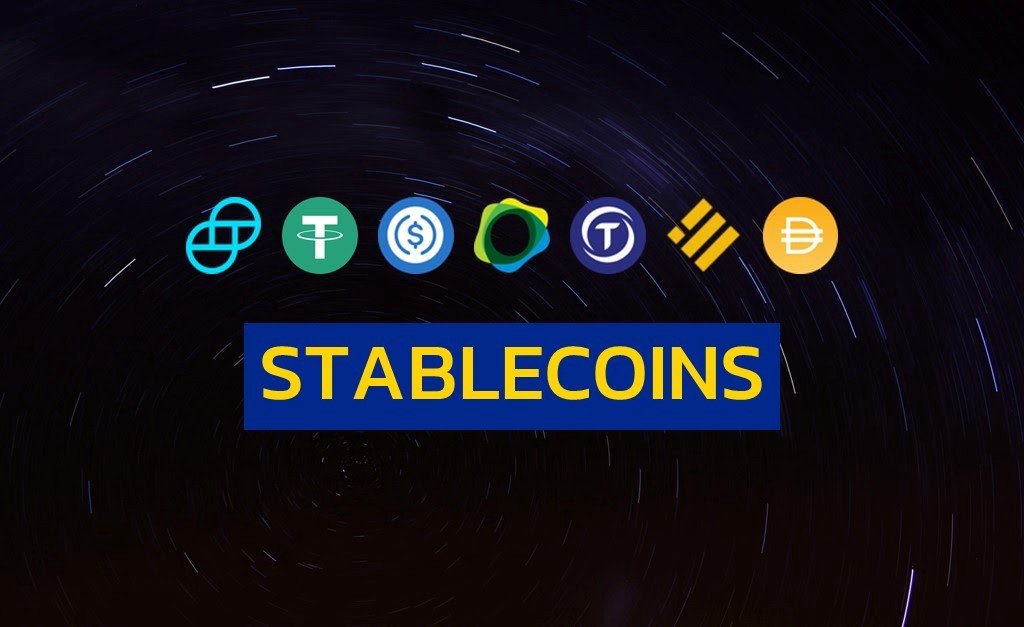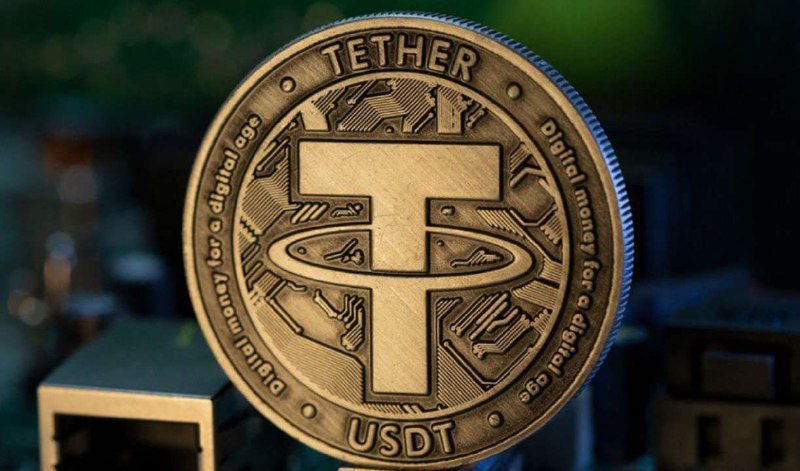Have you ever heard of stablecoins? well, if not then you must have a read of this article once. Cryptocurrencies are gaining popularity globally by witnessing considerable growth and adoption of cryptocurrencies, including tremendous interest amongst investors and traders in the World. Thus, entry and exit in cryptocurrency markets have been attracting several banks globally and making them adopt various approaches towards providing banking access to traders, investors, and exchange platforms.
On the other side, the difficulties in accessing fiat on-ramps and off-ramps due to which traders or investors were unable to get profits and exit cryptocurrency markets during volatile periods. This made the way for stablecoins, a digital asset that mimics the value of a fiat currency which is backed by a reserve asset, such as fiat currency, commodities, gold, or even other cryptocurrencies.
What are Stablecoins?
Stablecoins are cryptocurrencies backed by real-world assets such as commodities, fiat currency (issued by the government), gold, or other cryptocurrencies. It emerged as a solution for early crypto investors, who experienced extreme volatility, for digital alternatives of fiat currency and want something that could hold value over time. The stablecoins do not fluctuate like other cryptos such as bitcoin or ether and they can also be made stable using computer algorithms.
Stablecoins are digital assets that provide the utility and mobility of a cryptocurrency. They are often referred to as the bridge between a volatile cryptocurrency and a stable fiat currency.
Stablecoins bridge the worlds of cryptocurrency and everyday fiat currency because their prices are pegged to a reserve asset like the U.S. dollar or gold. This results in a form of digital money that is better suited to everything from day-to-day commerce to making transfers between exchanges.
The combination of traditional-asset stability with digital-asset flexibility has proven to be a wildly popular idea and even billions of dollars in value have flowed into stablecoins like USD Coin (USDC) as they’ve become some of the most popular ways to store and trade value in the crypto ecosystem.
Why are stablecoins important?
Stablecoins are free from the volatility of non-pegged cryptocurrencies while inheriting some of their most powerful properties such as they are open, global, and accessible to anyone and anytime on the internet. Stablecoins are fast, cheap, secure to transmit and are digitally native to the Internet, and are programmable.
The value of cryptocurrencies like Bitcoin and Ether fluctuates a lot and an asset that’s pegged to a more stable currency can give buyers and sellers certainty that the value of their tokens won’t rise or crash unpredictably in the near future. Thus, stablecoin is minimum volatility.
One doesn’t need a bank account to hold stablecoins, and they’re easy to transfer. Stablecoins’ value can be sent easily around the globe, including to places where the U.S. dollar may be hard to obtain or where the local currency is unstable making it really easy to trade. There are even easy ways to earn interest on a stablecoin investment.
What are the different types of stablecoins?

There are essentially four types of stablecoins differentiated based on three criteria which are, there is an issuer/custodian responsible for satisfying any attached claim, how decentralized is decision-making over the stablecoin, and the underlying value of the stablecoin and its stability in the currency of reference.
Fiat-backed or tokenized funds
The value of these stablecoins is pegged to the collateral that backs them. Fiat is the most common collateral for stablecoins and the US dollar is the most popular among fiat currencies. But, at the same time, companies are exploring stablecoins pegged to other fiat currencies as well, such as BiLira, which is pegged to the Turkish lira.
Tether is an example of a fiat-backed to tokenized stablecoin.
Crypto-backed or on-chain stablecoins
Stablecoins are often backed by another asset, which is cryptocurrencies, such as ether or bitcoin. The value of the stablecoin is always proportionate to the value of the underlying cryptocurrency and these crypto-backed stablecoins use smart contracts and do not need an issuer or central custodian. Dai is an example of crypto-backed by the units of ether.
Securities/commodity-backed or off-chain stablecoins
These stablecoins are backed by other traditional assets such as securities or commodities such as precious metals like gold, oils, or real estate.
Investors can easily redeem their investment in stablecoin or can get physical delivery of the collateral. Therefore, there is a need for a custodian and the token redemption is only possible for set measurements of the collateral.
Tether Gold (XAUT) and Paxos Gold (PAXG) are examples of liquid gold-backed stablecoins.
Algorithmic stablecoin
An algorithmic stablecoin is not backed by any collateral, but it uses a special algorithm to maintain the prices of the coin.
If the price of the stablecoins falls below the price of the fiat currency it tracks, the algorithm reduces the number of tokens in circulation, and if the prices of the stablecoin rise above the fiat, the algorithm increases the number of tokens in circulation to accordingly adjust the value of the stablecoin.
NuBits is one example of such algorithmic stablecoin that has been around since 2014.
Cryptocurrencies are gaining popularity globally by witnessing considerable growth and adoption of cryptocurrencies, including tremendous interest amongst investors and traders in the World. Thus, entry and exit in cryptocurrency markets have been attracting several banks globally and making them adopt various approaches towards providing banking access to traders, investors, and exchange platforms.
On the other side, the difficulties in accessing fiat on-ramps and off-ramps due to which traders or investors were unable to get profits and exit cryptocurrency markets during volatile periods. This made the way for stablecoins, a digital asset that mimics the value of a fiat currency which is backed by a reserve asset, such as fiat currency, commodities, gold, or even other cryptocurrencies.
What are the most popular stablecoins?
To give you a taste of the experimentation happening in stablecoin land, let’s run through some of the most popular stablecoins.
Diem

Diem (formerly known as Libra) is a stablecoin in the works, originally conceived by the powerful, worldwide social media platform Facebook and its first stablecoin, the Diem dollar, was launched in January 2021.
Tether

Tether (USDT) is one of the oldest stablecoins, launched in 2014, and is the most popular to this day and one of the most valuable cryptocurrencies overall by market capitalization.
The primary use case for USDT is moving money between exchanges to quickly take advantage of arbitrage opportunities when the price of cryptocurrencies differs on two exchanges, so that the traders can make money on this discrepancy.
USD Coin

Launched in 2018, USD Coin is a stablecoin managed jointly by cryptocurrency firms Circle and Coinbase through the Centre Consortium.
Like tether before making its shift towards a mix of collateral assets, USD Coin is backed by the US dollars with a circulating supply of almost $26 billion.
Dai

Running on the MakerDAO protocol, dai is a stablecoin on the Ethereum blockchain created in 2015, is pegged to the US dollar and backed by ether, the token behind Ethereum.
Unlike other stablecoins, dai is decentralized meaning there’s no central authority trusted with control of the system. Rather, Ethereum smart contracts – encode rules that can’t be changed.
Do stablecoins have any drawbacks?
There are a few drawbacks to stablecoins one should keep in mind before investing in stablecoins. The way in which stablecoins are typically set up, they have different pain points than other cryptocurrencies.
If the reserves are stored with a bank or some other third party, another vulnerability is counterparty risk which arises the question that does the entity has the collateral it claims to have. This question is raised frequently and whether it maintains a true 1-1 backing between USDT tokens and US dollars. And in the worst-case scenario, it’s possible the reserves backing a stablecoin could turn out to be insufficient to redeem every unit, potentially shaking confidence in the coin.
Cryptocurrencies were created to replace intermediary companies that are typically trusted with a user’s money and by their nature, intermediaries have control over that money. Making the investors to again reach the start.
